Vikings –The Story of our forefathers
This post I’ve planed for a long, long time to write and I’m so excited to finally publish it. I grew up with stories of the Vikings, I’ve lived right next to several famous Viking sites and studied their way of living at the University. It’s about time to share my love of our history, and what I’ve learned about the era that are Scandinavias most famous one in the World history.
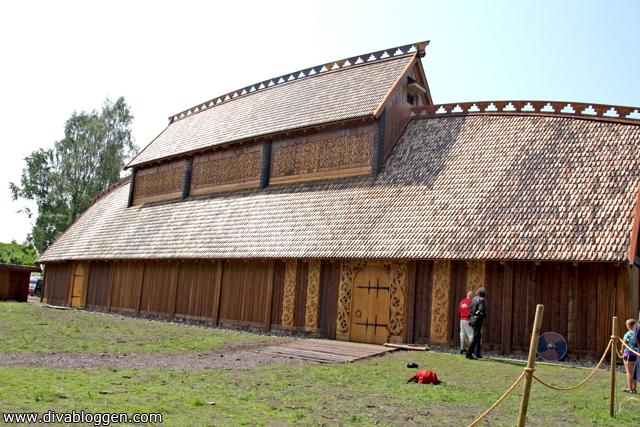
Once upon a time, long ago in the Iron ages, there was these Norse seafarers and traders. They came from Norway, Sweden and Denmark, better known as Scandinavia (they later established in Iceland), and quickly got known in all of Europe. And history would make sure, they would never be forgotten.
[WPSM_INFOBOX id=4054]The Everyday Life of the Vikings
The Vikings had a three socio-economic class, there were Jarl, Karls and Thralls.
Thralls (also known as trall, træll, and ty) were the lowest ranking class as they were slaves. Slavery was very important in the Viking society, there were many chores that needed to be done, and thralls were essential in the everyday life.
The Karls were free peasant, they owned farms and land, and are what we call today «farmers» (bonde). They also built houses and wagons, many Karls were known as talented craftsmen in jewellery, equipment, tools and weapons.
The Jarls were the aristocracy in the Viking society. They were wealthy and owned large estates. They had huge longhouses with many animals and thralls. The Jarls were involved with administration, politics and sports. When a Jarl died, his household thralls were sometimes sacrificially killed and buried with him, so he could have them to help him in the afterlife.
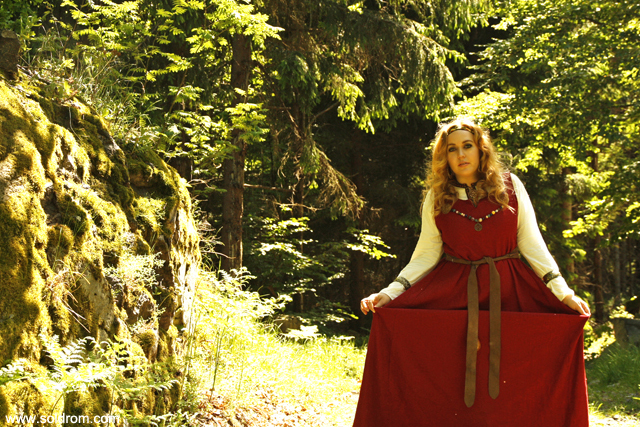
The Women in the Viking era had a relativevly free status, they had the right to inherit property from a deceased man. Women had much independence, except who to marry, it was usually arranged by the clan. A married woman in absence of her husband was in charge of the home. This of course changed (for the worse), when Christianity won over Scandinavia.
The Vikings were well dressed, and their status was easy to see by their appearances. The wealthy Jarls were well groomed with nice hairstyles, wore expensive clothes (often silk) and lots of jewellery. The more, the better.
The Viking Agriculture
When it comes to the Viking cuisine, you might be surprised to hear there were lots of different ingredients. They liked their meat cured, smoked and whey-preserved. They made sausages and fried and boiled meat as well.
They used bread, dairy products, vegetables, fruits, berries and nuts, not a huge shocker here, but they also ate much seafood. Seafood included whales, seals, oysters, mussels and shrimps. Fish like herring, salmon and cod were also popular choices.
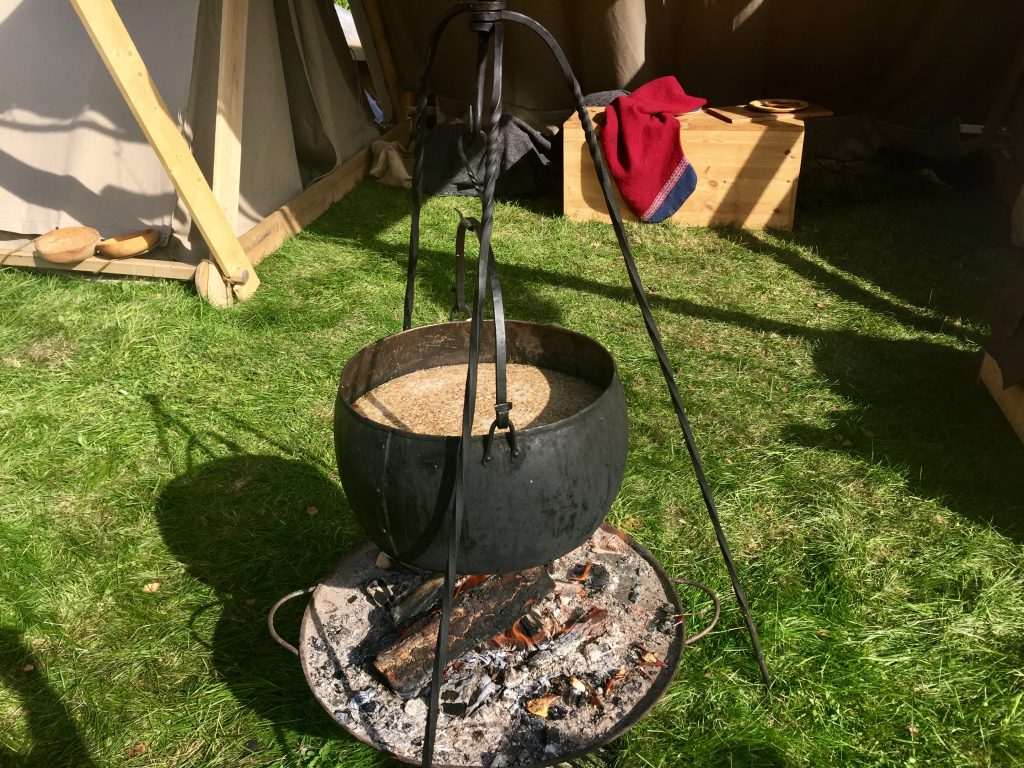
To drink they like to drink beer, mead (mjød) and bjórr (a strong fruit wine). The wealthy in society also imported wine.
Lifestock that were unique to the Vikings includes the Icelandic horse and Icelandic cattle, the Danish hen and the Danish goose. The invention of the mouldboard plough revolutionised agriculture in Scandinavia in the early 800th century and made it possible to farm even the poor soils.
Flax was another important crop for the Vikings. Flax was used for oil extraction, food consumption and most importantly the production of linen. Almost half of the known textile recoveries from the vikings are linen. So we can assume it was much used.
Burial sites of the Vikings
When the Vikings died, it was normal to bury the dead with items they might need in the afterlife in Valhalla. In Sweden it was common to cremate the dead, mostly burn the dead in a ship at sea. In Denmark a burial was more common, and in Norway they did both.
There are burial sites where we’ve found items and ships, most famous ship is the one found at Oseberg in Tønsberg Norway. (I lived right next to this burial site as a child). The Oseberg Ship is one of the best preserved Viking ships ever found.
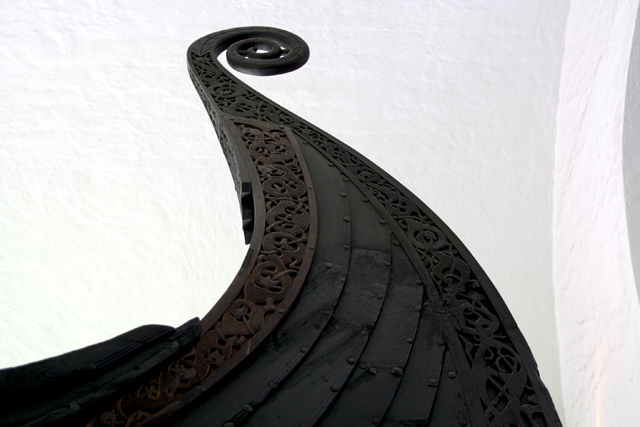
Not only can one find burial sites from the Vikings in Scandinavia, it’s also found in countries like Scotland, Estonia, Faroe Islands, Germany, Latvia, Ukraine, Russia and Iceland.
The Sagas
Saga means story, and the Icelandic sagas are stories about famous vikings and ancient Nordic history. It tells the stories of the many battles and travels, and the about the migration to Iceland.
One of the most famous historians are Snorri Sturluson (Snorre Sturlason). Snorri ((1179-1241) was an Icelandic historian, poet and politician. He is the author of Prose Edda (The Younger Edda) and Heimskringla –a history of the Norwegian kings.
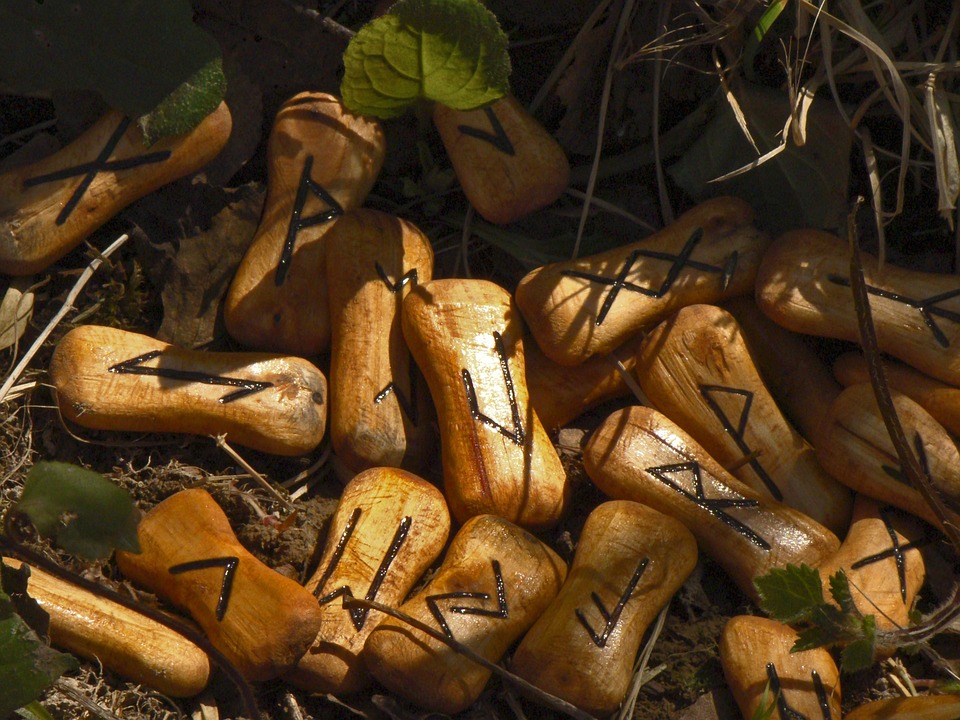
Thanks to Snorri’s works and the sagas we have a lot of information about the Norse culture and history. The sagas share much about the Norse mythologi and epic battles we know of today.
Norse Mythology
In Norse Mythology there are Gods and Goddesses, but also other mystical creatures like elves and dwarfs, there are trolls (like the Jötnar and thursar). Not to mention the enormous (and dangerous) wolf Fenrir, that had to be bound by the Gods. Fenrir bit off the right hand of Tyr as he tied the wolf.
The cosmology in the Viking era was that there were nine worlds, all inhabited. In the center there was this big tree, Yggdrasil. The Gods lived in Asgard and the humanity lived in Midgard. The nine worlds were inhabited by creatures like elves, dwarfs etc.
Elements of the cosmos are also personified, such as the Sun (Sól, a goddess), the Moon (Máni, a god), and Earth (Jörð, a goddess), as well as units of time, such as Day (Dagr a god) and Night (Nott, a jötunn).
The Vikings also believed in a future destruction and rebirth of the world, that they called Ragnarok.
[WPSM_INFOBOX id=4057]Arms and weapons
The knowledge of the armour in the Viking ages are based upon the archaeological findings and pictorial prints in the Norse sagas.
The Vikings lived during the iron ages, which revolutionized the armour. A complete ensemble would have been a helmet, shield, mail shirt and a sword. In battles many would probably used a spear instead. Another weapon they liked to use was axes.
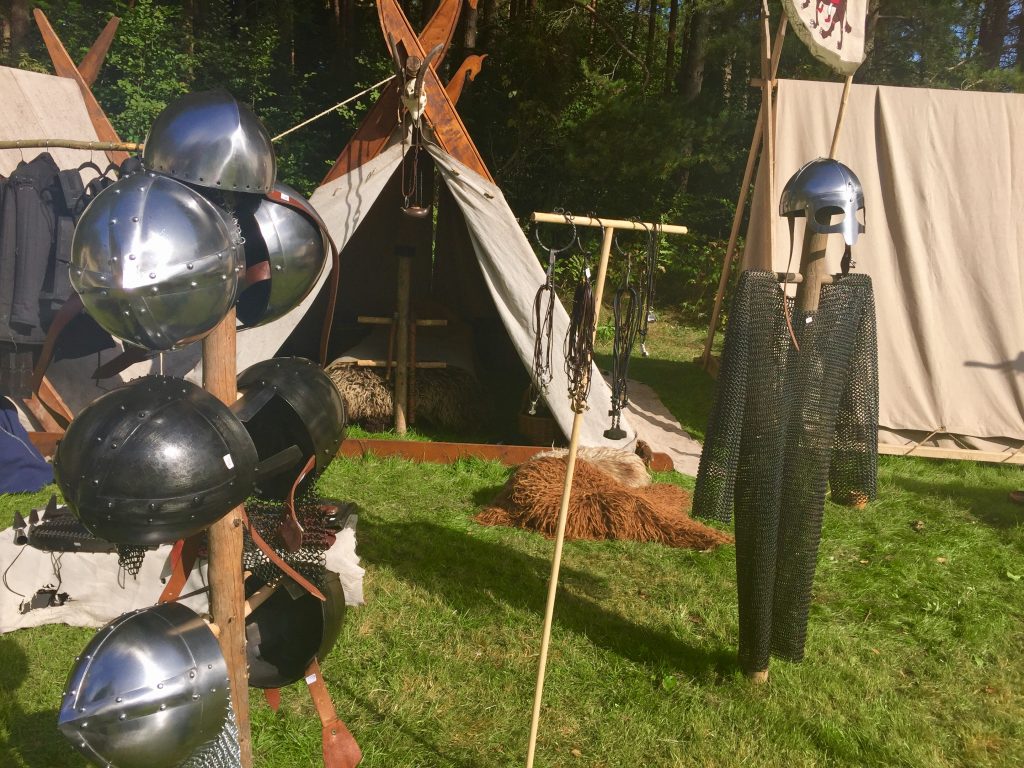
The Vikings were not as violent as we might think, but they did take pride in battle, and to die in battle was a honour. They believed in their gods Thor and Odin, the gods of war and death. It’s believed that Vikings sometimes had a furious way of fighting, known as berserkergang.
Berserkergang might have been developed to shock and scare their opponents.
The Myths of Vikings
In the 1850s the Romantic Nationalism spread all over Europe, and it was during this time there was this Viking revival. The Scandinavian forefathers first got there name «viking» popularised by Erik Gustaf Geijer’s poem The Viking. The poem is just a romanticised ideal of the viking and not based on historical facts at all.
That’s what happened a lot afterwards, this image of these barbaric wild men from the North were spread all over Europe. Vikings were mainly farmers and traders, they had their barbaric side, but most ships were out to explore and trade goods. Not to rape, kill and slaughter cities in Europe.
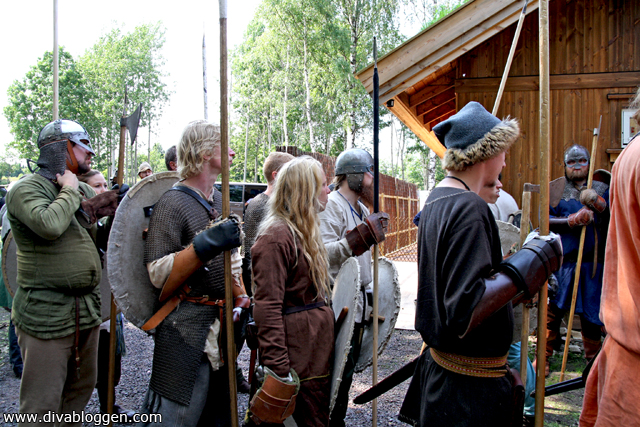
They didn’t wear horned helmets, that’s from the Bronze Ages, which are a couple of thousand years before the Viking era. Never mix a horned helmet with the Vikings.
There are also no proof that they used skulls as drinking vessels. But even though the might not have been these savage beasts, with horned helmets and drinking blood from skulls, you still shouldn’t underestimate a Viking. They were pretty amazing!
Every year there are many Viking fairs, festivals and markets all over Scandinavia!


